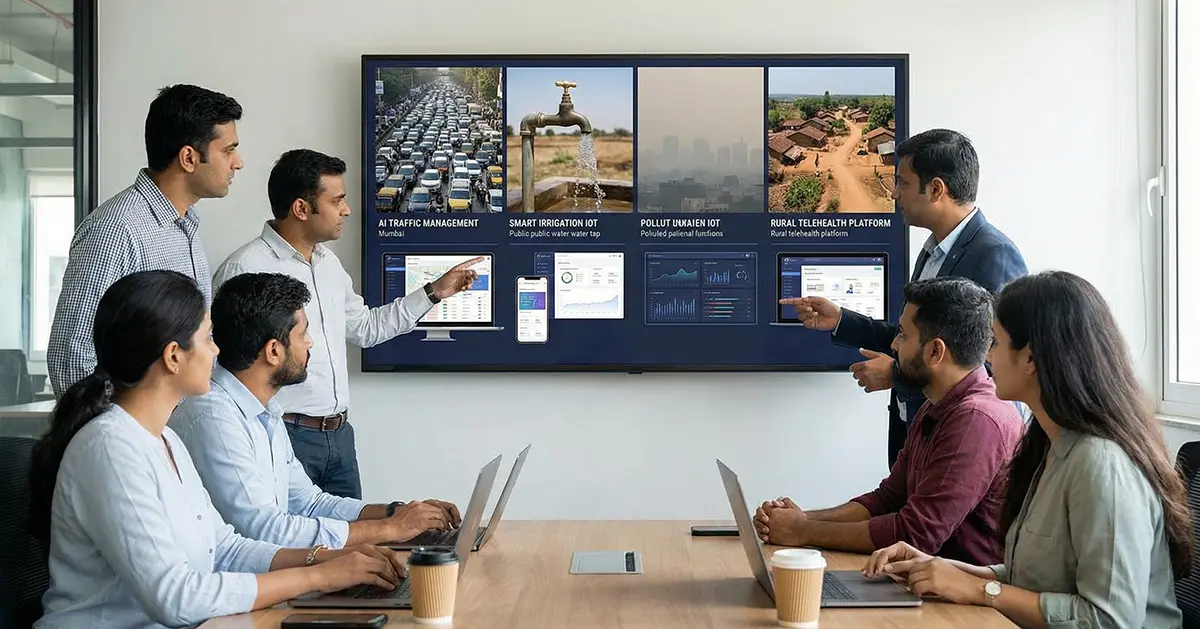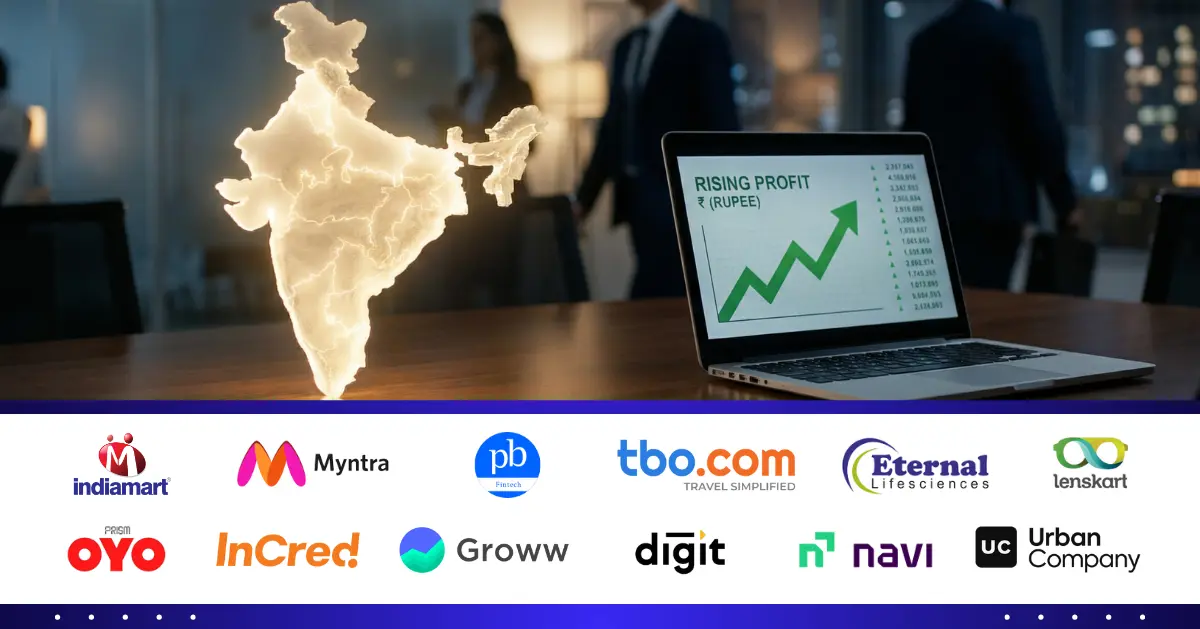
Introduction
In the fast-paced world of payment orchestration, businesses handling multiple transactions across global markets need seamless Payment Solutions. Imagine running a booming e-commerce store, but every transaction faces delays due to inefficient Payment Integration. That’s where this technology becomes a game-changer.
With online transactions expected to reach $8.5 trillion by 2026, businesses cannot afford outdated payment solutions. A well-structured orchestration system enhances payment Integration, ensuring smoother transactions, cost savings, and better security. This blog explores everything about payment orchestration, its benefits and challenges, and how businesses can implement the right payment solutions effectively.
Also read: Payment Gateway License
What is Payment Orchestration?
It refers to the process of optimizing and managing multiple payment solutions within a unified platform. It helps businesses handle transactions efficiently by automating payment integration across different payment gateways.
In simple terms, this technology acts as a central hub that connects various payment solutions and routes transactions intelligently to ensure smooth and secure payments. Instead of relying on a single payment provider, businesses can integrate multiple payment gateways, improving success rates and reducing transaction failures.
For example, a global e-commerce platform like Amazon requires a robust payment orchestration system to process millions of transactions daily while ensuring optimal routing, reducing failed payments, and enhancing customer experience. Similarly, Netflix operates in various countries and must handle subscriptions in multiple currencies. This technology helps Netflix manage these transactions efficiently by selecting the best payment solution based on region, currency, and user preference.
A well-designed orchestration platform offers payment integration with multiple banks, payment gateways, and alternative payment solutions, ensuring businesses are not locked into a single provider. This flexibility leads to improved transactions, enhanced security, and cost-effective payment processing.
How Does Payment Orchestration Work in Online Transactions?
This advanced payment process ensures secure, fast, and reliable transactions through seamless payment integration. Here’s how it works:
- Customer Initiates Payment: When a user makes a transaction on an e-commerce platform, it determines the best payment solution.
- Intelligent Routing: The system automatically routes transactions through the optimal payment gateway, minimizing failures.
- Fraud Detection & Security: AI-powered fraud detection ensures secure transactions.
- Dynamic Payment Switching: If a gateway fails, the orchestration system reroutes to another payment solution, ensuring smooth payment integration.
- Transaction Settlement: The system confirms the successful payment, providing real-time analytics for businesses.
What Are The Key Benefits of Payment Orchestration for Businesses?
As businesses expand their online presence, optimizing payment processes becomes essential for seamless transactions and improved customer experiences. A well-structured orchestration system enhances efficiency, security, and cost-effectiveness. Here’s how it benefits businesses:
1. Enhanced Payment Integration
A well-optimized payment orchestration platform ensures better payment integration, leading to seamless transactions across various payment solutions.
2. Higher Conversion Rates
With optimized transactions, businesses witness an 8-15% increase in successful payments by reducing gateway failures.
3. Cost Efficiency
Smart payment orchestration reduces transaction costs by selecting the most cost-effective payment solutions.
4. Fraud Prevention
Modern payment orchestration systems use AI-driven fraud detection to ensure secure transactions and prevent chargebacks.
5. Seamless Global Expansion
Businesses aiming for international reach need payment orchestration for multi-currency transactions and regulatory compliance.
What Is The Role of Payment Gateways in Payment Orchestration?
Payment gateways play a crucial role in payment orchestration by facilitating online transactions securely and efficiently. Their primary functions in orchestration include:
- Secure Payment Processing: Payment gateways ensure encrypted transactions, protecting sensitive customer data and preventing fraud.
- Multi-Gateway Support: Businesses can integrate multiple payment solutions to reduce reliance on a single provider, enhancing redundancy and efficiency.
- Real-time Analytics: Gateways provide detailed insights into payment trends, transaction success rates, and failures, helping businesses optimize payment strategies.
- Dynamic Payment Routing: If a transaction fails, the orchestration automatically reroutes it through another available payment gateway, ensuring smooth transactions.
- Support for Multiple Currencies & Payment Methods: Many payment gateways enable businesses to process transactions in various currencies and payment modes, including credit/debit cards, digital wallets, and BNPL options.
Popular payment gateways used in payment orchestration include PayPal, Stripe, Razorpay, Adyen, and Authorize.Net. These providers help businesses optimize transactions by offering seamless payment integration, fraud detection, and multi-currency support.
What Are The Challenges in Implementing an Orchestration System?
While payment orchestration offers numerous advantages, integrating and managing multiple payment solutions isn’t without its challenges. Businesses must navigate technical complexities, compliance requirements, and cost considerations. Here are some common obstacles faced during implementation:
1. Complex Payment Integration
Integrating multiple payment solutions can be complex and time-consuming.
2. Compliance & Security Risks
Businesses must comply with PCI-DSS and other regulatory frameworks to ensure secure transactions.
3. High Implementation Costs
While payment orchestration offers numerous benefits, setting up an advanced system requires significant investment.
What Are The Best Practices for Optimizing Payment Orchestration?
To maximize the effectiveness of a payment orchestration system, businesses need to adopt smart strategies that enhance security, efficiency, and customer satisfaction. Implementing the following best practices can help streamline payment processes and boost transaction success rates:
- Leverage AI-driven Payment Routing: Use AI-powered analytics to determine the most efficient payment gateway for each transaction, reducing failures and improving processing speed.
- Implement Multi-Gateway Integration: Avoid dependence on a single payment provider by integrating multiple payment solutions, ensuring continuity even if one gateway experiences downtime.
- Monitor Key Transaction Metrics: Track critical performance indicators such as transaction success rates, payment failures, and chargeback rates to optimize payment flows.
- Ensure Regulatory Compliance: Stay updated with regulations like PCI-DSS, GDPR, and local financial laws to ensure secure and compliant transactions.
- Enable Smart Payment Routing: Configure payment orchestration platforms to automatically reroute transactions in case of failures, preventing revenue loss.
- Offer Multiple Payment Methods: Provide customers with diverse Payment Solutions such as credit/debit cards, digital wallets, UPI, BNPL, and bank transfers, improving checkout experience and conversion rates.
- Optimize for Global Payments: Implement localized payment solutions that support multiple currencies and region-specific payment preferences.
- Use Real-Time Fraud Detection: Leverage AI-driven fraud prevention tools to detect and mitigate fraudulent transactions instantly.
Conclusion
With global e-commerce transactions expected to exceed $8.5 trillion by 2026, businesses must adopt advanced payment orchestration strategies to remain competitive in this dynamic market. In a world where customers demand seamless, secure, and efficient transactions, companies that integrate multiple payment solutions, automate processes, and enhance payment gateway performance gain a significant edge. Payment orchestration not only optimizes transaction flow but also reduces payment failures, enhances fraud detection, and improves overall customer experience—all of which contribute to higher revenue and customer retention.
However, implementing an effective payment orchestration system requires expert guidance and compliance with regulatory standards to ensure smooth transactions across global markets. This is where RegisterKaro steps in. With its expertise in payment integration, regulatory compliance, and financial strategy, RegisterKaro helps businesses—whether startups or established enterprises—seamlessly adopt optimized payment solutions that drive efficiency and growth.
Ready to get started? Let RegisterKaro take the complexity out of payment orchestration so you can focus on what truly matters—scaling your business effortlessly. Contact our expert support team today at [email protected] and take your business transactions to the next level.
Frequently Asked Questions (FAQs)
1. How does it help in reducing false declines?
Intelligent transaction routing ensures payments are directed through the most reliable gateway based on success rates, geolocation, and fraud insights. Automated retries with alternative providers further minimize false declines and boost conversions.
2. Can AI enhance transaction optimization in this system?
Yes! Many modern platforms leverage AI and machine learning to analyze payment patterns, predict the best routing paths, and detect fraud in real time. This leads to higher approval rates and fewer chargebacks.
3. What are cascading payments, and why are they beneficial?
Cascading allows failed transactions to be automatically retried through another processor without user intervention. This ensures higher success rates, especially for businesses dealing with cross-border payments and varying bank restrictions.
4. How does it handle regulatory compliance across different countries?
These platforms integrate with local providers that comply with regional laws like PSD2 in Europe or PCI DSS globally. They also ensure transactions align with tax regulations, anti-money laundering (AML) policies, and consumer protection laws.
5. What impact does it have on reconciliation and financial reporting?
By consolidating data from multiple processors, businesses get centralized dashboards with real-time insights. This simplifies reconciliation, reduces manual errors, and provides a clear view of revenue, refunds, and chargebacks.




